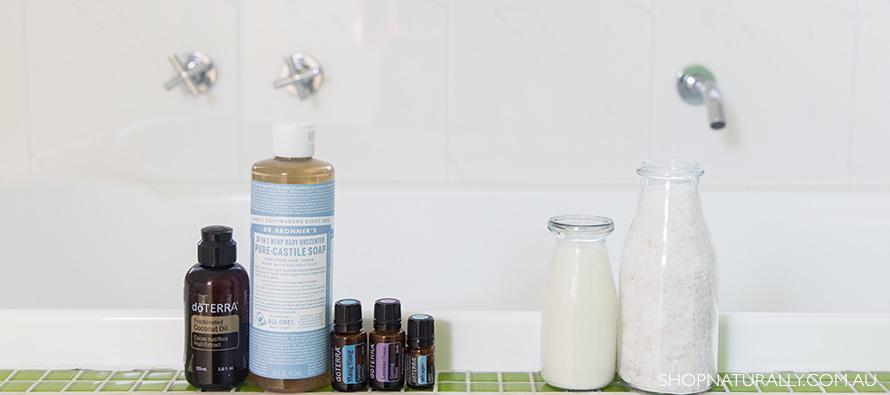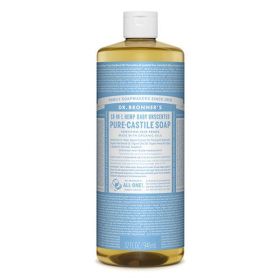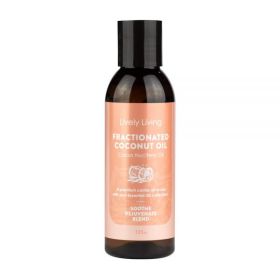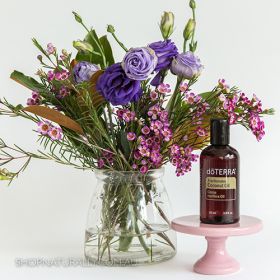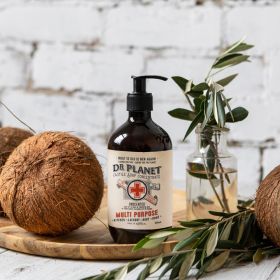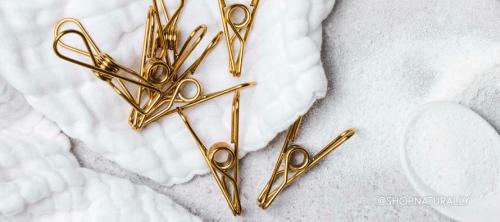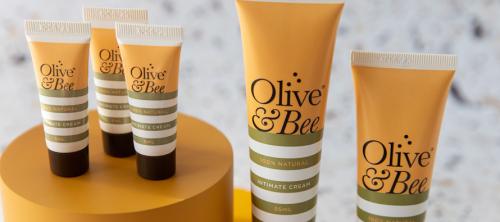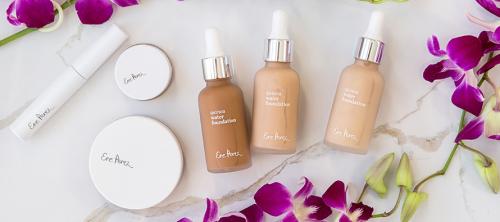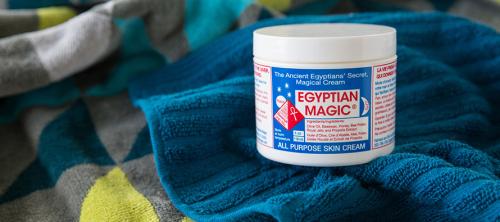How to add essential oils in the bath the safe way using only natural ingredients
Are you adding essential oils in the bath safely? It's one of the most common uses for them, for the kids evening bath, popping in something that's soothing and relaxing that will help them sleep is a great idea, but there's a right way and a wrong way to do it. Chances are, you're doing it the wrong way and you don't know it.
What is the wrong way to add essential oils in the bath?
The advice to simply pop a few drops of essential oils in to your bath and hop right in is the WRONG WAY. Simple chemistry tells us that oil and water don't mix. Essential oils should always be diluted in a carrier oil before putting them on your skin. The same applies to a bath. By adding them to a warm bath, they're going to sit on top of the water and there's a reasonable chance that those undiluted essential oils sitting on top of the bath water are going to end up on the skin of whoever is in the bath. If it's a child, skin irritation is a real possibility. If your child blows bubbles and swallows bath water, the risk of them consuming the oils is very real.
I also found information online suggesting that you can also use milk, epsom salts and alcohol safely. After reading this article from the Tisserand Institute, which is one of my go-to sources for unbiased and well researched quality safety information, I found out none of these are suitable either. While the essential oils mix with them just fine, once they hit your bath, they can dissolve and the oil is left behind again in an undiluted state. The essential oils cannot bond well enough with neither milk nor Epsom salts or alcohol to stay bonded in a warm bath.
Essential oils don't mix with 80 proof vodka. They don't mix with water either, nor witch hazel or white distilled vinegar. They do mix with FCO (which is fractionated coconut oil), isopropyl alcohol (which smells horrible and you can buy it from Bunnings and you do not want that in your bath) and everclear which is a US brand of virtually pure alcohol. Again, it smells, do you want it in your bath?
This doesn't mean you should stop putting essential oils in the bath, it just means you need to ensure to disperse them through the water correctly.
What is the right way to add essential oils in the bath?
It is important that you have chosen an essential oil that is suitable for use in this manner. Not all essential oils are suitable for use in a bath. Once you have a safe oil to use in the bath, before putting essential oils in the bath, they need to be mixed with something to emulsify them so they won't instantly dissolve when it hits the water. Since oil and water don't mix, you need to use something the essential oils WILL mix with. Here are your best options.
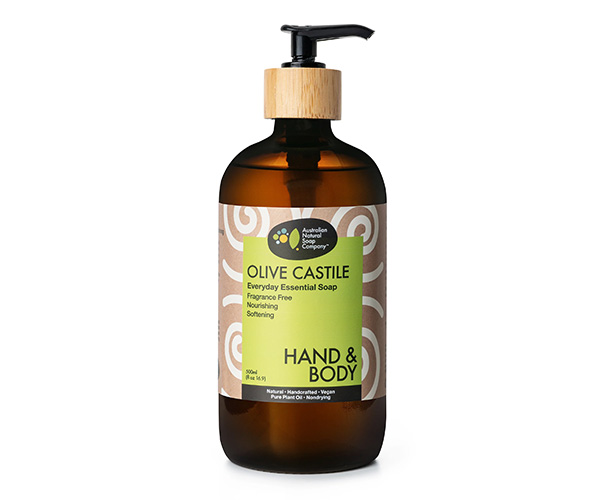
Using castile soap to add essential oils in the bath
Whether it's castile soap or even something similar like baby shampoo, bubble bath or liquid body wash, all these are suitable to add essential oils to, theoretically. The Tisserand website suggest that you only add the essential oils at the time you're using them and not make up and store large batches.
Why? Depending on the product, the original emulsion and preservatives may be put off balance with the addition of essential oils. We suggest using unscented liquid castile soap as the only difference between the unscented version and all their scented versions is essential oils and because of this, we know that the emulsion and natural preservatives can tolerate essential oils. We have options available from Dr Bronner's, Dr Planet and Australian Natural Soap Co. The last 2 brands are Australian. The first one is from the USA and is the best known brand, but we always encourage our customers to support local first. The Dr Planet is the best value for money. The Australian Natural Soap Co is in glass bottles and tin refills so there's almost no plastic involved.
Using vegetable oil to add essential oils in the bath
Any carrier oil you use to mix essential oils with to put on your skin will be suitable to mix with for a bath too. Whether it's coconut oil, jojoba oil or even some olive oil from the kitchen, it will now be safe to place this combo in to your bath. You still have the 'oil and water don't mix' issue and you're likely to have a little slick of oil still on top of the water, but it's a safe oil slick and you will still get the aromatic benefits without the skin irritation.
The Tisserand website suggests anywhere between 5 to 20 drops in 1 tablespoon for one bath. This, of course, will vary on the size of your bath, the essential oil you choose and your own personal preference. Experiment until you find the right thing.
Using fractionated coconut oil to add essential oils in the bath
Fractionated Coconut Oil is a popular carrier oil and has been slightly modified so it doesn't go solid when it cools below 25°C. The lauric acid is removed and used elsewhere as a natural preservative and what's left behind stays liquid regardless of the temperature. This is what we used to make up roller balls with essential oils so the balls don't ever clog and you can use it in your bath too. We sell two from doTERRA and another from Lively Living. None are really a big enough size to warrant using them to add essential oils to the bath on a regular basis. It is available to purchase in bulk from various stores online.
References
https://www.aromahead.com/blog/2014/11/24/3-ways-use-essential-oils-bath/
http://tisserandinstitute.org/safety/bath-safety/
https://www.petrichorapothecary.com/single-post/2017/02/16/Solubility-of-essential-oils-in-liquidsmyths-and-truths
